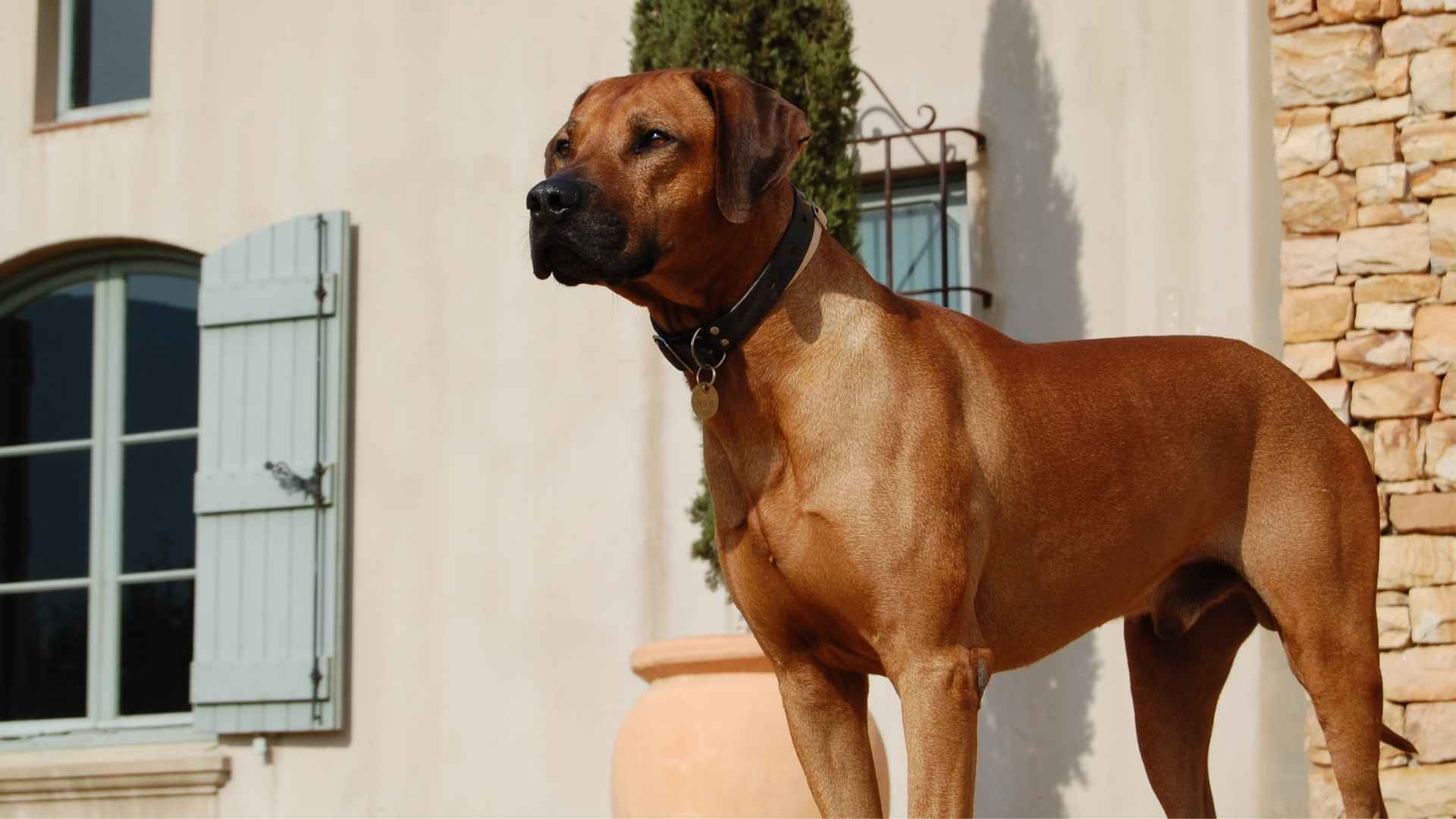“Mom, there’s someone at the door!”
Before your child finishes that sentence, your guardian dog is already alertly positioned between your family and the entrance. This protective instinct isn’t trained – it’s hardwired into certain breeds that have safeguarded families for centuries.
What makes these dogs truly special is their ability to be both fierce protectors and gentle playmates, knowing exactly when each role is needed. They form incredible bonds with children, often sleeping outside their rooms and keeping watchful eyes during outdoor play.
These natural protectors create a sense of safety that changes how your family experiences your home and neighborhood. For households seeking both a loving companion and a reliable protector, here are nine outstanding guardian dog breeds that excel at keeping families safe.
Guardian Dog Breeds
1. Great Pyrenees
The Great Pyrenees is a giant breed known for its deep roots as a livestock guardian dog. Originating in the snowy Pyrenees Mountains, their thick white coats helped them blend into the landscape as they stood watch over sheep. These dogs were trusted to guard flocks from serious threats like wolves and bears.
Though large and powerful, they’re known for a calm nature that makes them gentle companions at home. Families often admire their steady temperament and the quiet confidence they bring to their surroundings. They form strong bonds with their people but carry themselves with quiet independence.
Bred to work alone in isolated mountain areas, the Great Pyrenees developed a strong sense of independence. This trait still shows up in modern home life, where they tend to enjoy time on their own. They aren’t high-strung or overly energetic, preferring peace and stillness. Their mindset reflects their role as patient and watchful guard dogs.
They don’t need intense activity to stay balanced, but they do enjoy meaningful movement. Activities like hiking, cart-pulling, or simply walking with their people are often favorites, as per PetMD. They also do well helping out on farms, staying close while keeping an eye on things. Their sturdy frame and calm presence make them dependable in many settings.
Even with their thick double coats, their grooming routine is surprisingly manageable. The outer layer sheds dirt easily and doesn’t mat quickly, which helps cut down on effort. A good weekly brushing keeps their coat fresh and limits loose hair around the house. It also helps keep their skin healthy and comfortable.
2. Giant schnauzer
Originally bred for driving cattle and guarding property, the Giant Schnauzer stands out with both strength and purpose. Their thick, wiry coat is weather-resistant and built for outdoor work. Weekly brushing and routine clipping keep it in good condition. Regular grooming sessions are key to keeping them comfortable and clean.
This is a loyal breed that thrives when there’s a close bond with its humans. Their high energy needs make them ideal for active households that can match their pace. Giants love being part of everything, from long runs to snowy hikes. If you’re outdoorsy, they’ll happily go wherever you go.
Known for their sharp focus and eagerness to learn, they respond well to early training. Start young and stay consistent to help shape their natural protective streak. Socialization helps them feel at ease around other animals and visitors. With the right foundation, they become both capable workers and stable companions.
Giants are devoted family pets, but they also stay alert to changes in their space. Their instincts keep them tuned in to their family and potential threats without needing constant direction. That balance makes them dependable guardians without becoming overbearing. They like having a job and a sense of purpose at home.
To stay physically and mentally satisfied, Giants need more than just space. Whether it’s skijoring or fetch in the yard, they want to move with intention. Time spent exercising also deepens their bond with the people they trust. It’s that combination of drive and devotion that makes them unforgettable dogs.
3. German Shepherd
The German Shepherd, also known as the Alsatian or GSD, is one of those large dogs that brings together intelligence, loyalty, and purpose. Originally herding sheep, their work ethic and alert mindset made them a favorite for many roles. With the right attention, they grow into reliable companions. Their energy and brainpower need daily use to avoid restlessness.
These dogs carry a strong protective nature, which makes them naturally watchful around strangers. They’re not aggressive by nature, but caution is part of their makeup. Socialization plays a key role in shaping their confidence and behavior. A well-socialized GSD is alert but not reactive.
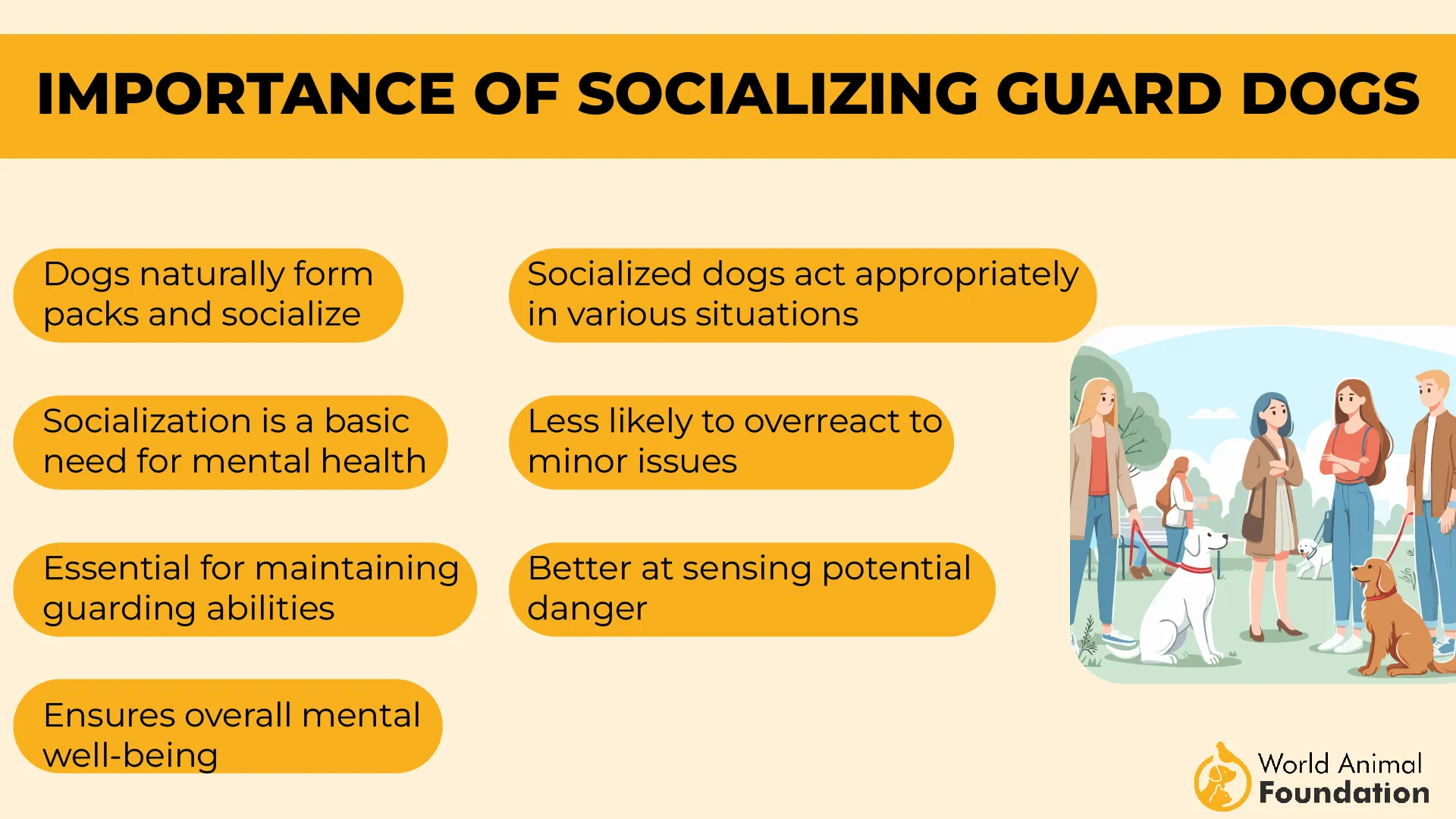
Training should begin at a young age, ideally around eight weeks, as Petplan suggested. At that stage, they’re easier to guide and less likely to form their own habits. Structured lessons help them learn boundaries while still small and manageable. Consistent praise and positive correction help them respond well.
German Shepherds are known to be vocal, using barking to communicate or warn. Without enough activity or guidance, they may act out through chewing or pulling on the lead. They crave both mental and physical outlets to stay balanced. Their sensitivity to their owner’s mood helps guide them in training.
They bond deeply with their people and make wonderful family pets when included in daily life. Their presence is grounding and dependable, making them excellent guard dogs as well. When raised around children and other pets, they’re gentle and steady. For those ready to invest in them, the rewards are lifelong.
4. Belgian Malinois
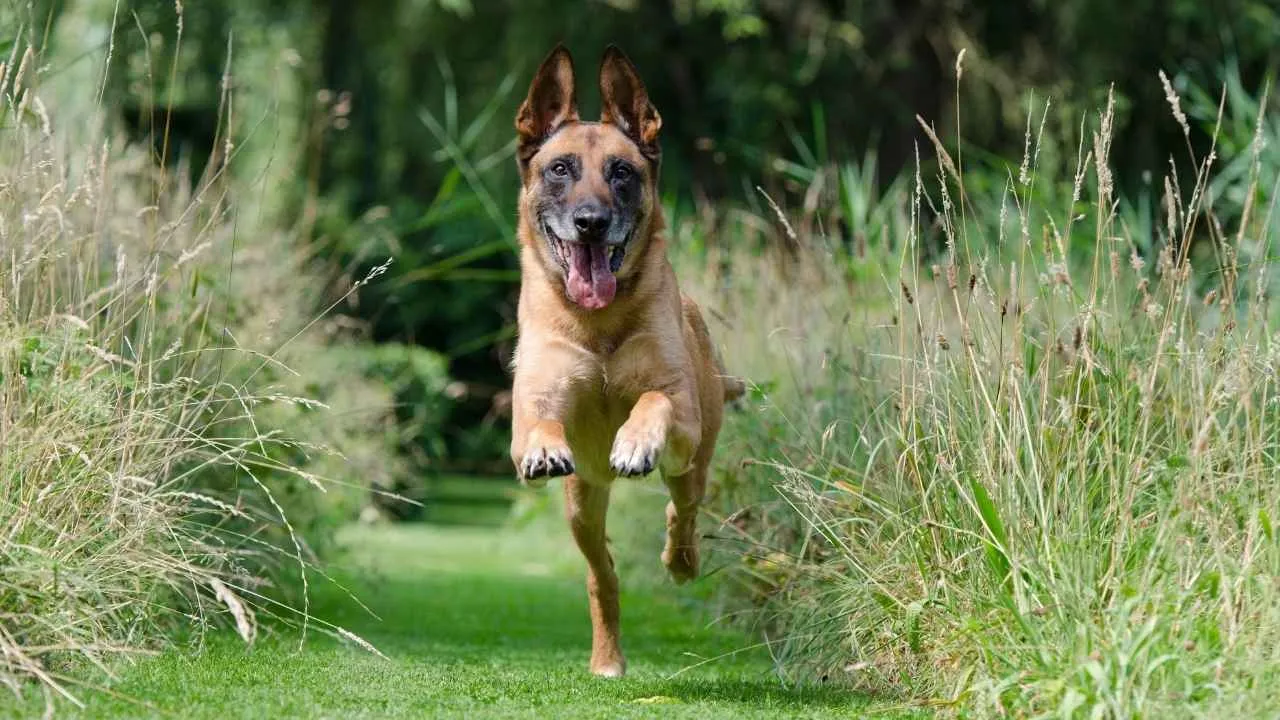
The Belgian Malinois is a well-proportioned, square-built, medium-sized dog with a lean but muscular frame. Its coat is suited to the damp Belgian climate, allowing it to handle life outdoors with ease. There’s an elegance to their stance, yet it carries a clear strength of character. Every movement reflects their proud herding heritage.
Always eager and alert, this breed has a constant desire to move and stay engaged. Early guidance, especially at an early age, is key to managing their high drive. They naturally perform tasks with energy and accuracy. Whether in a field or at home, they’re always tuned in.
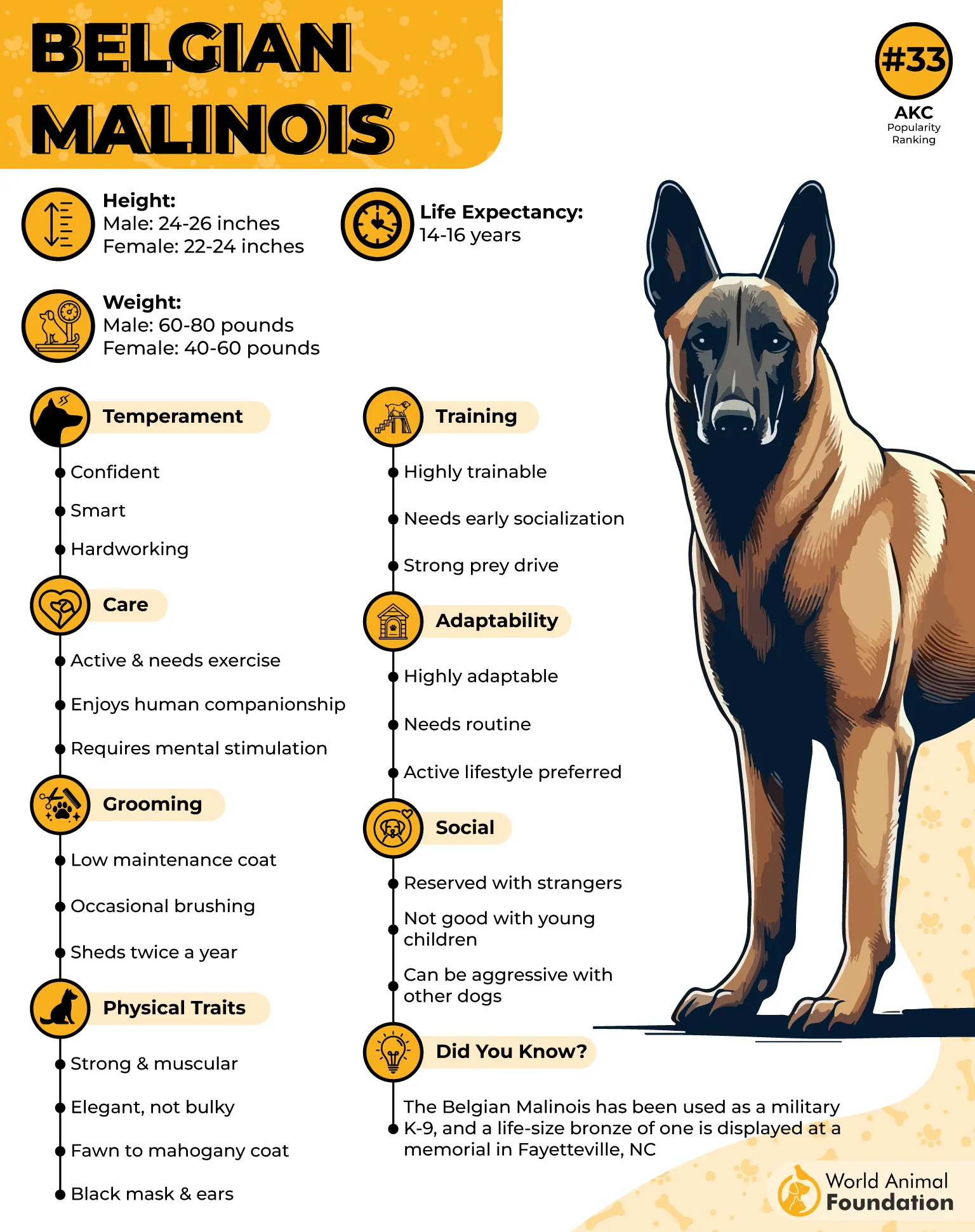
This dog’s talents extend far beyond herding, proving its versatility in various working roles. It excels in search and rescue, therapy assistance to disabled, ill, or elderly people, tracking, and more, making it stand out among guardian breeds, as per the insights of Hill’s Pet. A Malinois demands commitment from its owner, not casual interest. They need direction, purpose, and connection daily.
They often show instinctive herding actions like circling or nipping at heels, especially in active settings. This makes them a mismatch for households with very young children. With the right balance, though, they do well around other dogs and active family members. Their drive works best when it has an outlet.
Living as a kennel dog doesn’t suit them, as they’re deeply bonded with their humans. Their working nature was never built for isolation. They’ve also been used to guard against wild animals, proving just how dependable they are. A Belgian Malinois is most content when given a job and close companionship.
5. Kuvasz
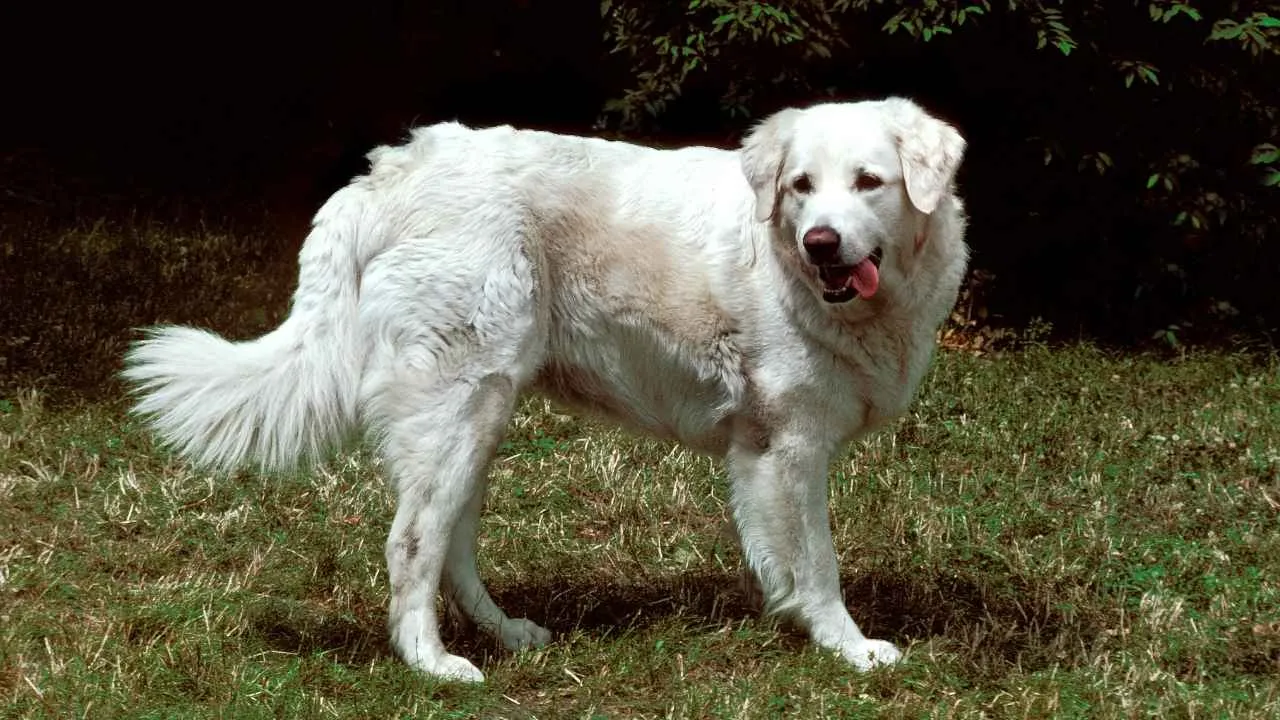
The Kuvasz is a large yet balanced dog, slightly longer than it is tall, giving it a rectangular outline. Though powerful, it’s not bulky—its frame suggests agility along with strength. The breed carries a graceful air when alert, with a plume-like tail and folded ears. The head has a refined structure, never appearing coarse.
Known as one of the best guard dogs, the Kuvasz is naturally protective and tends to be wary of strangers. Whether watching over large farms or a small household, their loyalty runs deep. They enjoy being part of a family when raised with structure and care. Training and socialization must begin early to shape their independence.
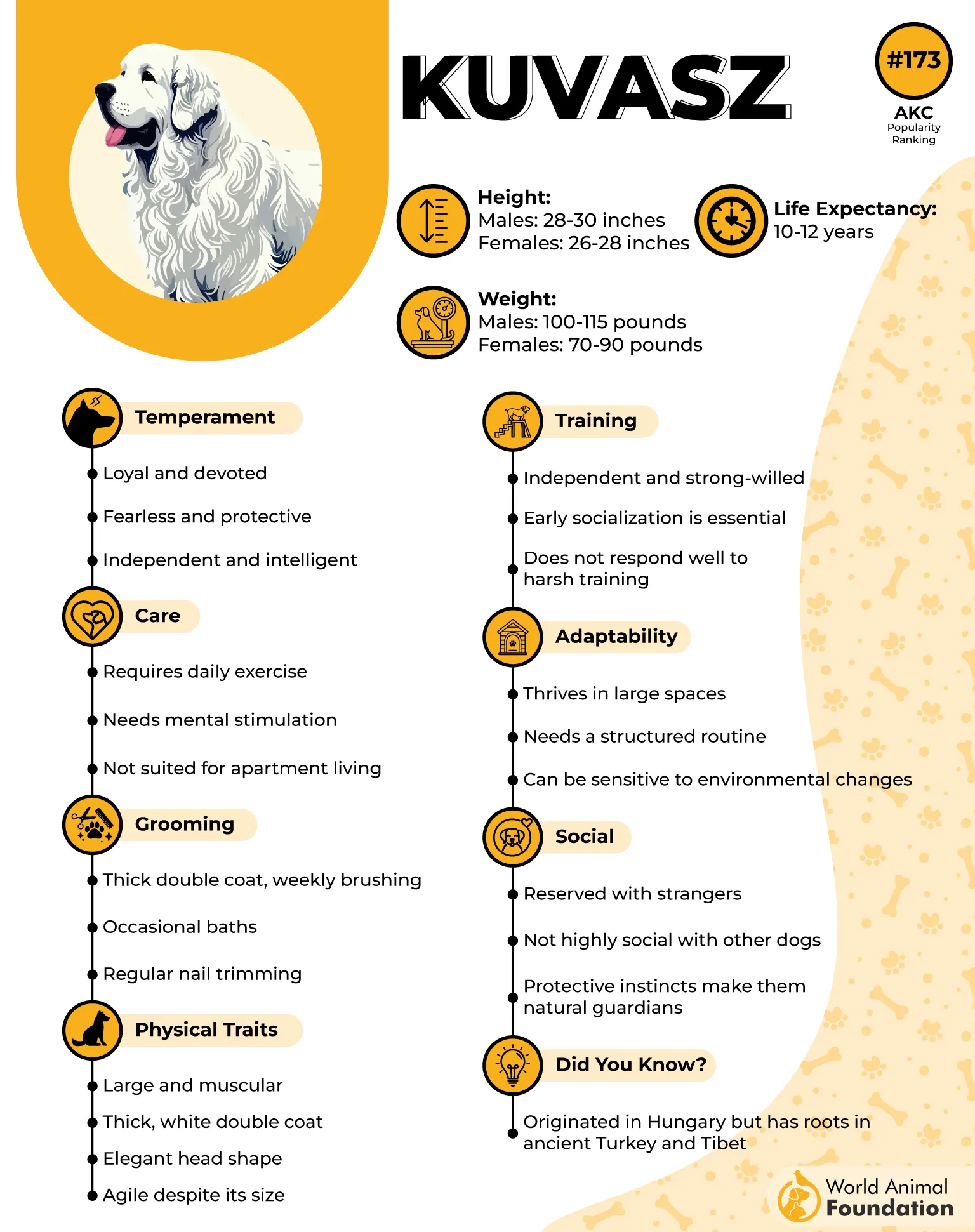
This is a dog that doesn’t follow without reason—it learns through consistency, not repetition. Some puppies grow into dogs better suited for livestock guarding than family life. Until properly trained, they may roam, testing boundaries and acting on instinct. Their protective nature can be misread without proper guidance.
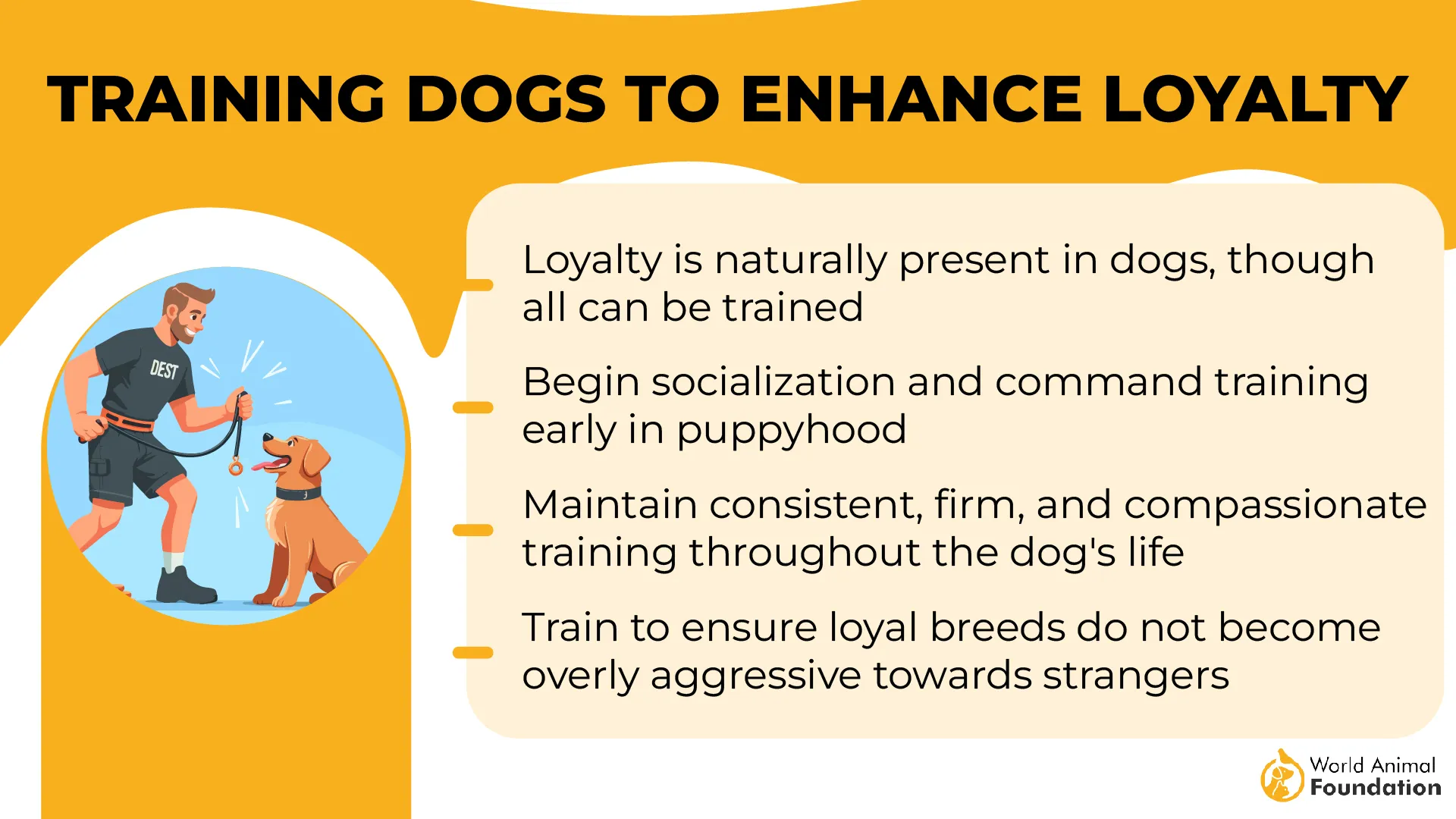
Compared to many breeds, the Kuvasz thrives on surprisingly little food for its size. It’s what’s called an “easy keeper,” needing more attention than calories. What it does require, however, is thoughtful engagement. A lack of mental stimulation can lead to stubborn or aloof behavior.
On open land, they’ve long served as a defense against wolves, bears, and other predators. Their courage isn’t just history—it’s in their blood. While not the easiest breed to raise, they are deeply loyal when understood. With the right guidance, Kuvasz puppies grow into devoted, dependable companions.
6. Caucasian Shepherd Dog
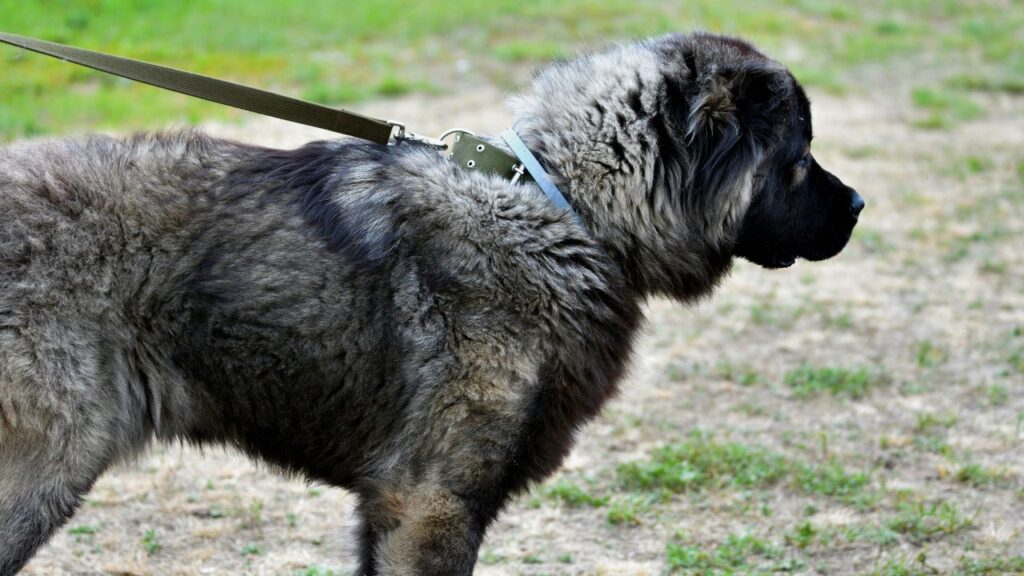
Caucasian Shepherds, also known as Caucasian Ovcharkas, come from the rugged regions of Eastern Europe. Initially bred to guard livestock and property, they were trusted defenders in the Caucasus Mountains. That protective nature remains a big part of who they are today. Their roots still show in how they watch over what matters to them.
They’re not the type to blend easily with other breeds or rowdy homes. Because of their independence, they often prefer being the only pet in the household. Small children can overwhelm them, especially with rough handling or too much noise. A calm and respectful environment brings out their best.
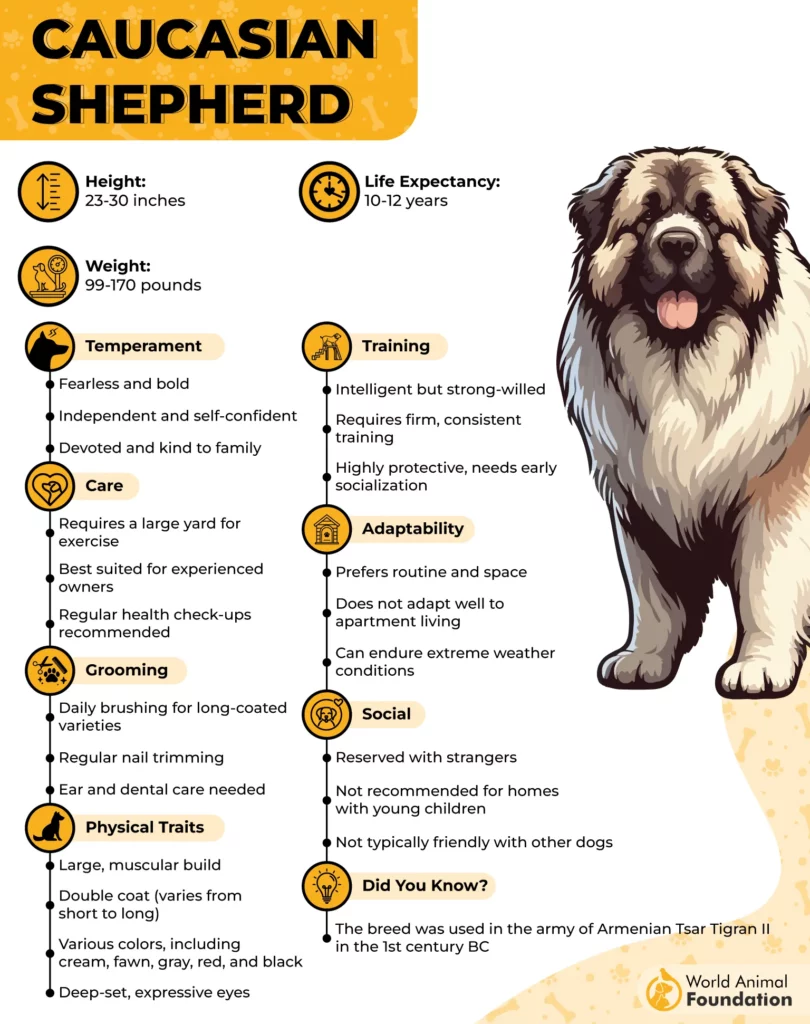
Caucasian Shepherds have strong protective instincts and don’t warm up quickly to strangers. Leaving them with a sitter or in a kennel can cause stress and confusion. They bond deeply with their people and prefer the stability of a homebody lifestyle. This breed thrives in a quiet routine without too many changes.
Bringing home a puppy means committing time to gentle socialization from the start. These dogs need slow introductions to the world—sights, sounds, and people included. Positive reinforcement works far better than correction when shaping their behavior. With consistency and patience, they learn to trust their space.
Activities like scent work, agility, and tug-of-war are great for bonding and stimulation. These dogs can shut down or even feel threatened if forced into unfamiliar situations too quickly. Regular training sessions build confidence without overwhelming them. With the right care, they grow into grounded, loyal companions.
7. Beauceron
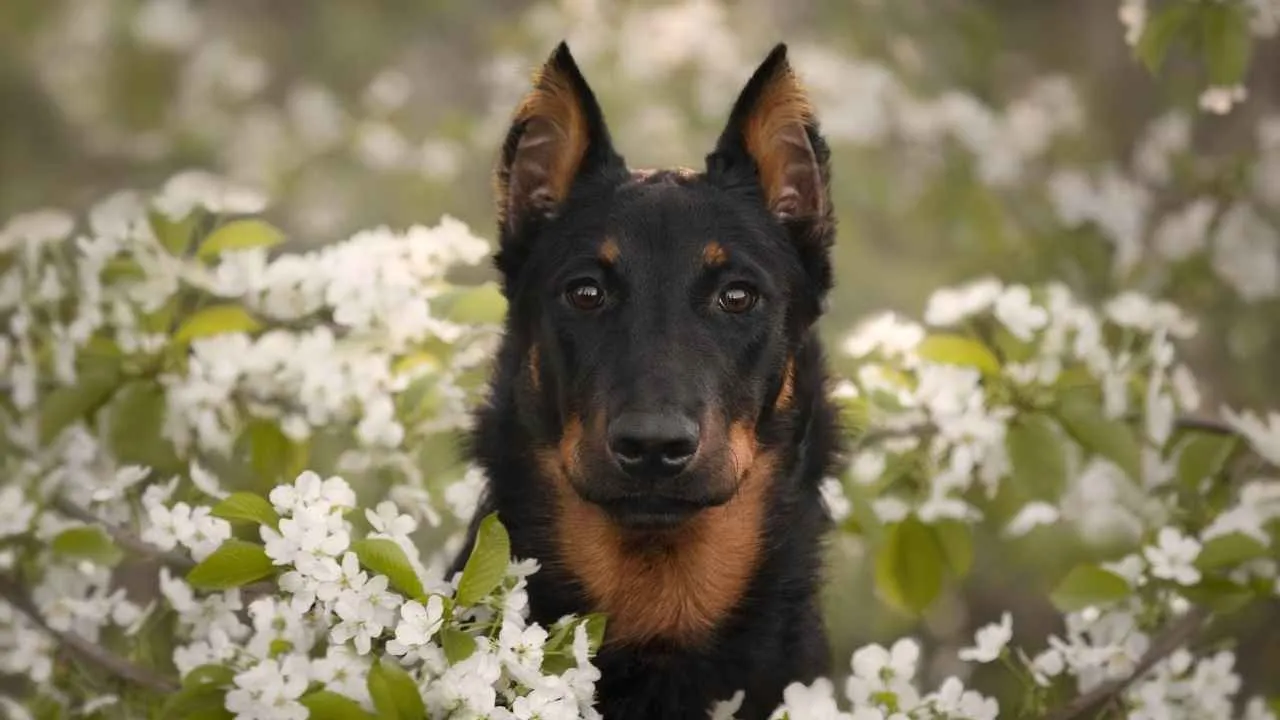
The Beauceron was first developed in the 1500s to track and hunt wild boar. Over time, its versatility made it just as reliable for herding and guarding flocks. Built for work and endurance, the breed has always carried a confident, driven nature. Its history still echoes in how it moves and protects today.
One of the most recognizable features of the Beauceron is its long tail and double dewclaws. The short, dense coat comes in black and tan or blue merle. In France, it’s nicknamed “bas rouge” for the red markings on its lower legs. That unique appearance makes it easy to spot among other working dogs.
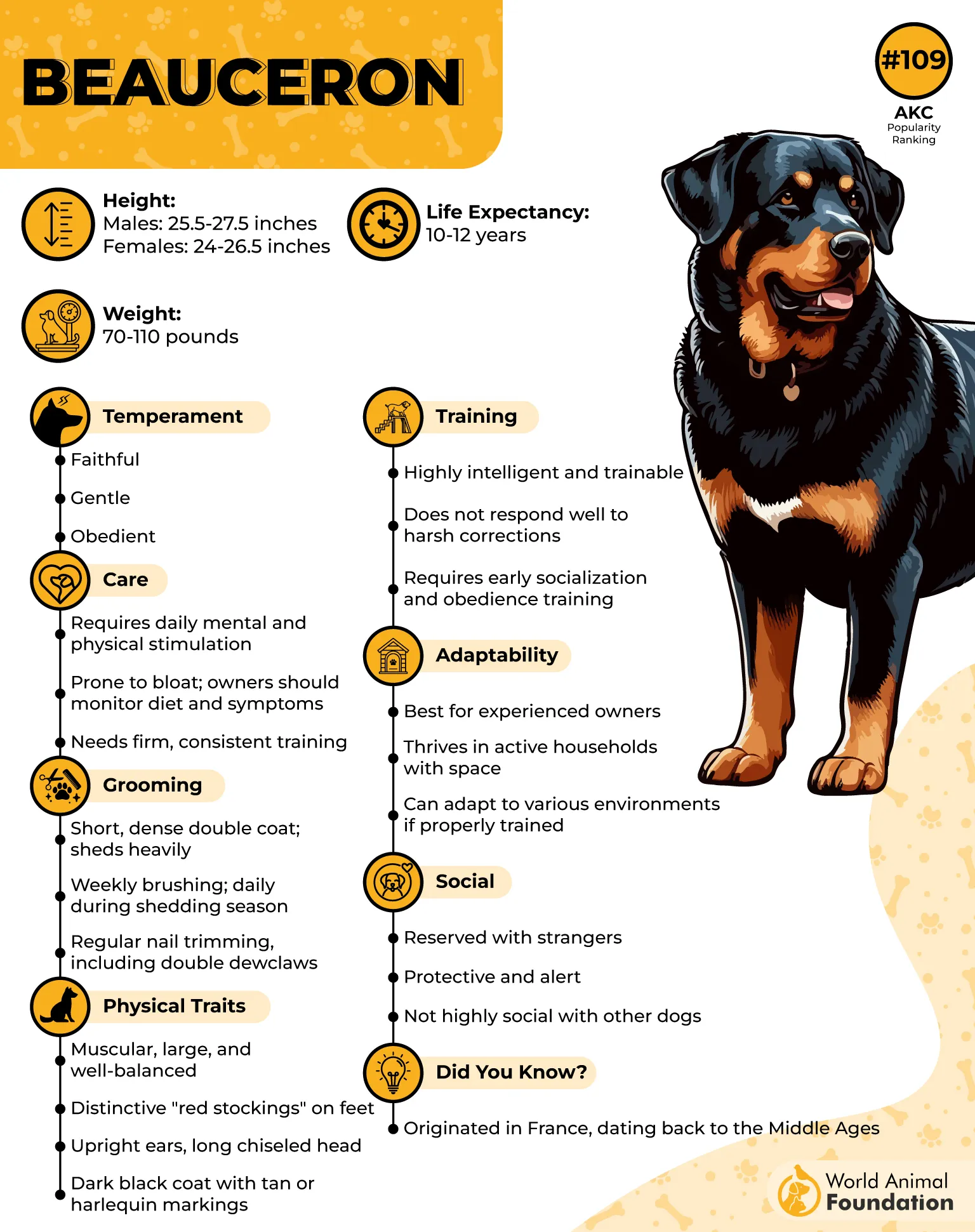
Protective and loyal, this dog naturally takes on the role of guardian in the home. They can be a dominant breed, so training needs a patient but confident hand. Early introductions help them settle better with other pets. When respected and guided well, they grow into steady and devoted companions.
Their intelligence is matched by a high level of energy and alertness. They respond well to mentally stimulating tasks and physical activities. Long walks or time in a spacious yard help burn off that daily drive. Keeping them active is essential to their well-being and behavior.
The Beauceron does best in a home with room to move and something to focus on. Whether indoors or outdoors, they like having a job or purpose. Weekly brushing keeps their short coat in good shape year-round. While they shed more heavily during warmer months, they’re generally low maintenance.
8. Cane Corso
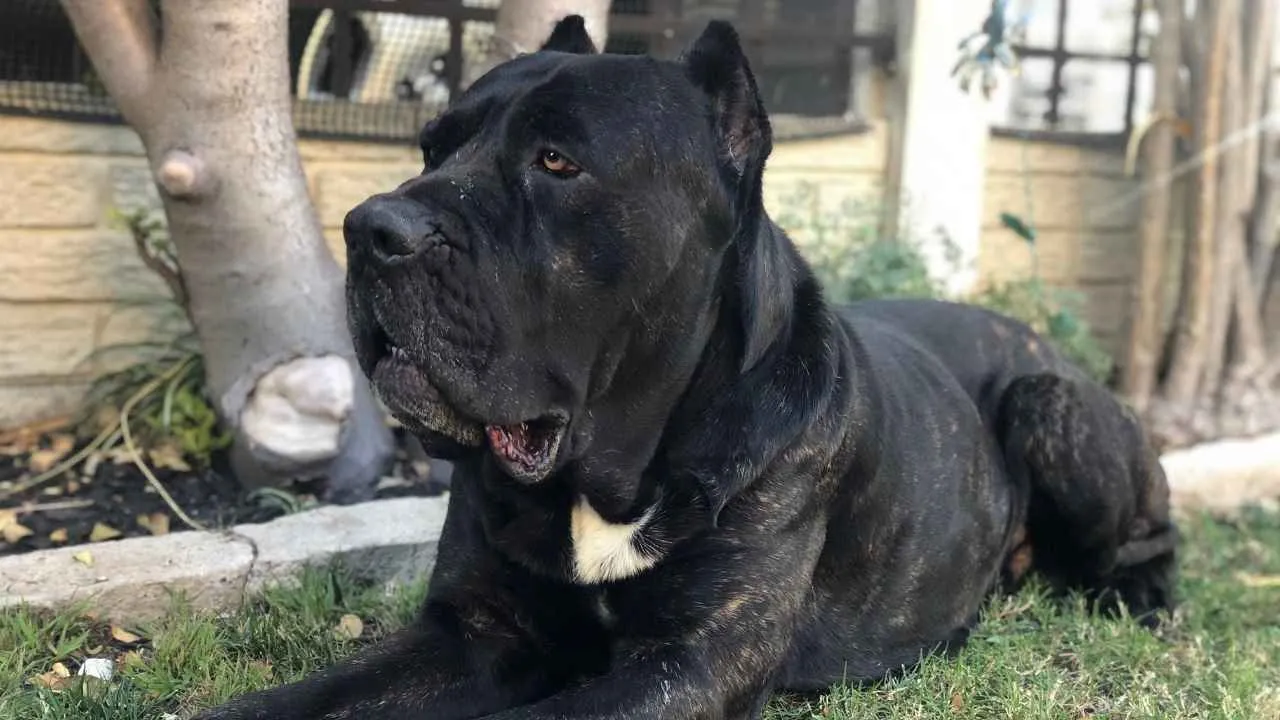
The Cane Corso, often called the Italian Mastiff, carries both strength and sensitivity in its presence. Known for their loyalty, these large dogs form deep bonds with their families. Historically used as guardians, workers, and even soldiers, they’ve always been purpose-driven. That deep-rooted instinct still shapes how they interact with the world around them.
With their natural desire to protect, Corsi need consistent training right from puppyhood. Early socialization helps them grow into well-mannered adults who are comfortable with new people and environments. Their size and instincts make them a better fit for families with older children. They thrive when guided gently but firmly from the start.
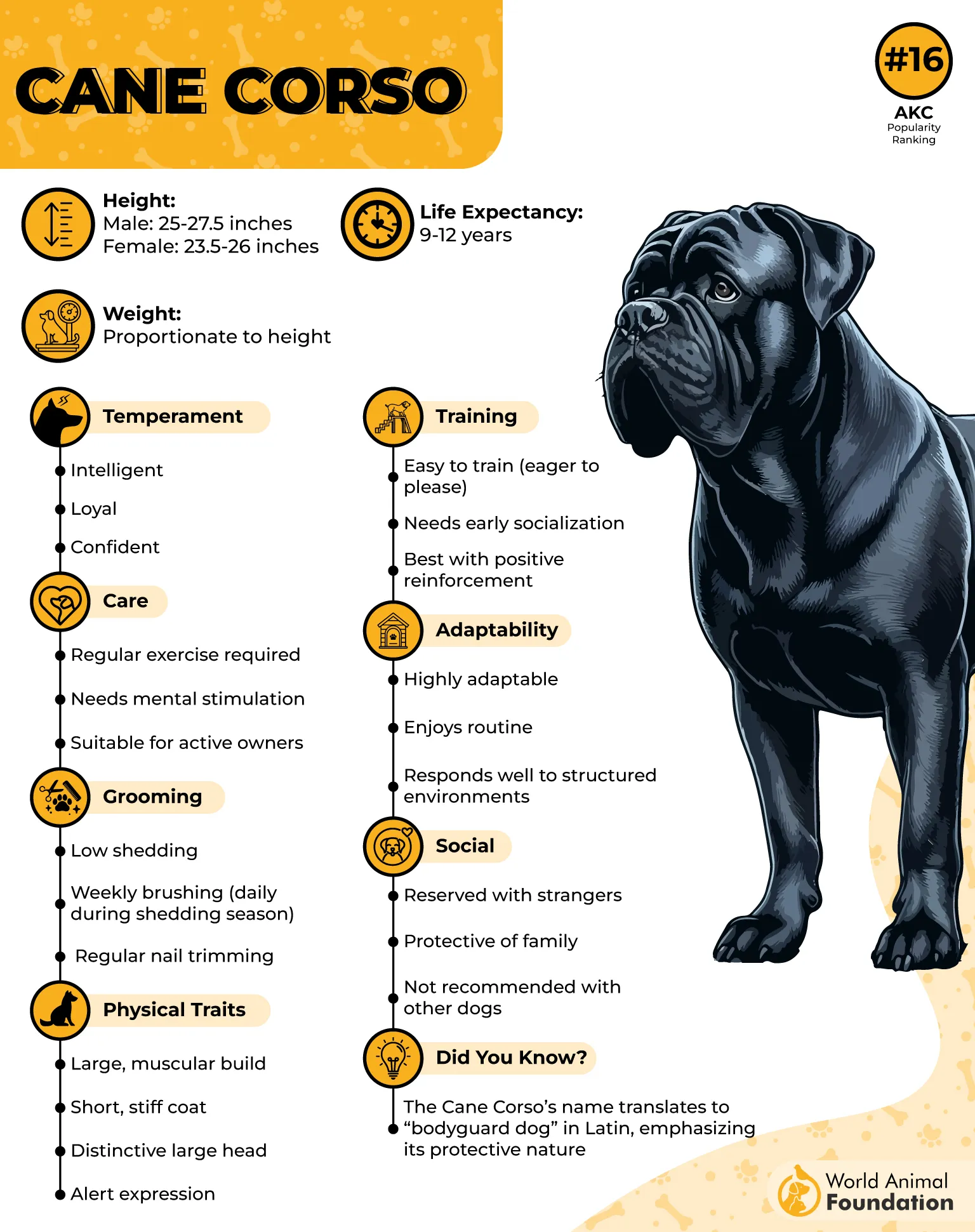
Cane Corsos are calm, watchful, and tuned in to everything happening around them. They aren’t overly vocal but are always alert. Their presence alone can be enough to discourage unwanted attention. Though serious by nature, they show warmth in familiar and loving environments.
These dogs do best when kept mentally and physically engaged. Long walks, yard time, or structured activities like agility or dock diving help keep their energy balanced. When bored or under-stimulated, they may act out through digging or jumping. Giving them a job to do is often the best way to keep them content.
Corsi appreciate being near their people and tend to stay close throughout the day. Supervised interactions with kids and pets are important, especially due to their size and strength. While they’re not into toys or fetching like some dogs, they excel in scent work and obstacle courses. With the right care, they make steady, loving companions.
9. Boxer
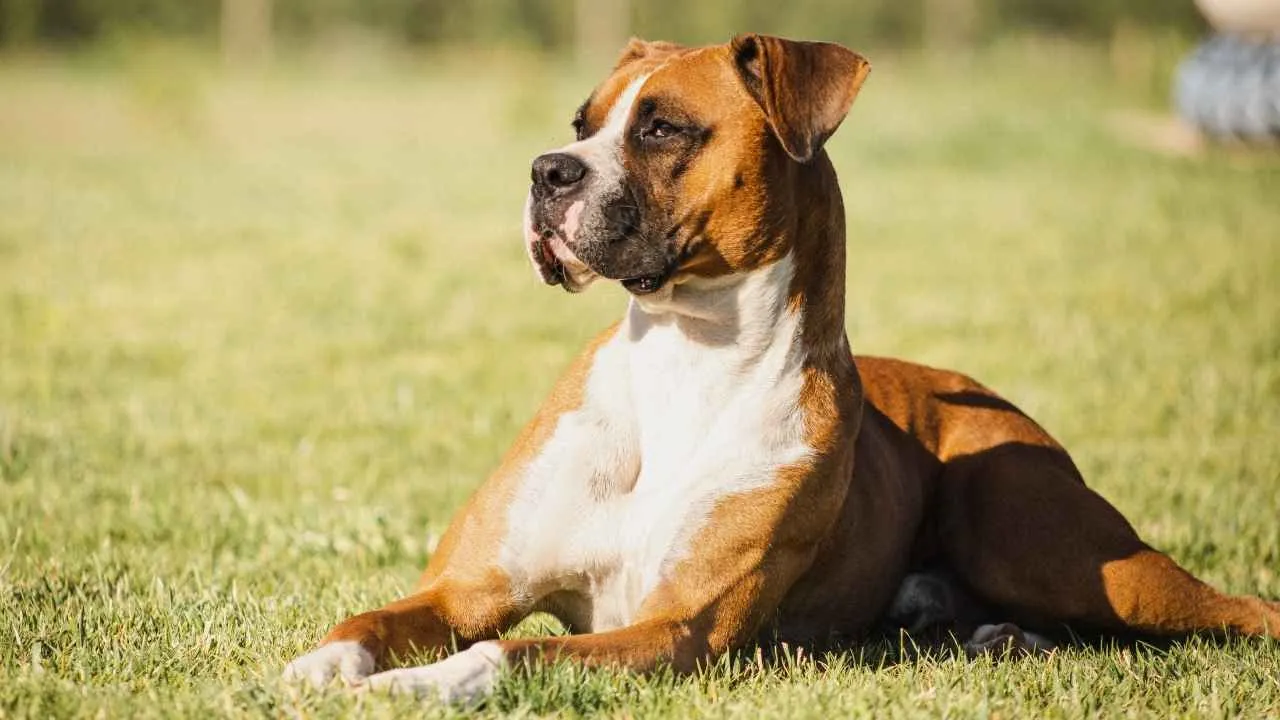
Boxers are known for their dignified square heads and proud posture. Bred as working dogs, they were early police helpers and even served as seeing-eye dogs. Over time, they’ve become beloved family protectors. Their deep bond with children has made them a favorite among families.
Full of energy and personality, boxers are happiest when they have something to do. They’re smart, loyal, and love being close to their humans. While they have a protective streak, their playfulness keeps them lighthearted at home. They guard what matters but crave affection just as much.
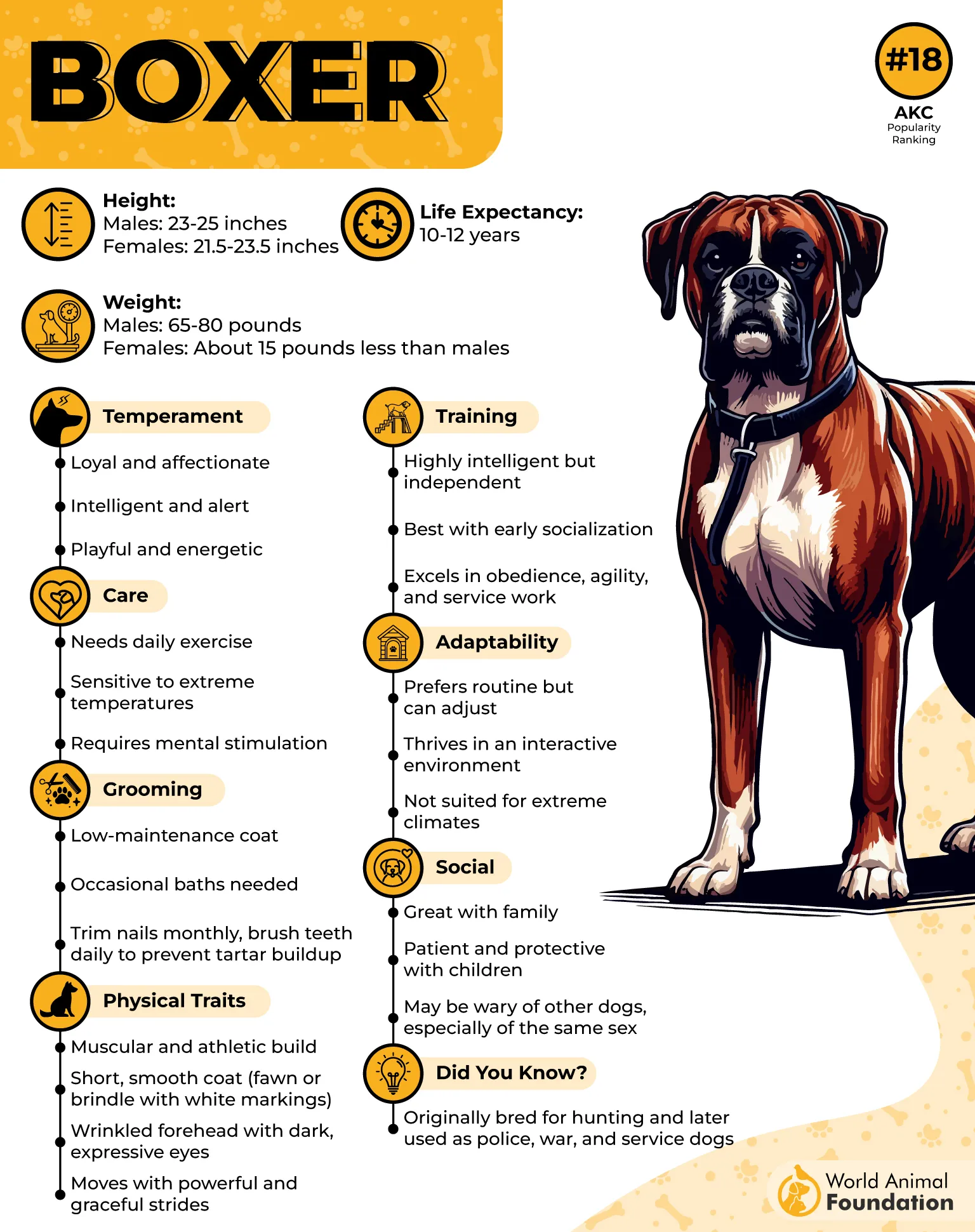
They tend to do well with other pets when introduced from a young age. But without supervision, they might chase after unfamiliar neighborhood animals. Their strong instincts need guidance and boundaries. Letting them roam on their own usually leads to trouble.
Boxers aren’t known for barking just to make noise. If they do, it often means they’ve noticed something important. Many will “talk” with a low growl that sounds more like conversation than a warning. It’s just one of the ways they express themselves.
These dogs need both attention and exercise to stay happy. Without it, they may become destructive when left alone for too long. Whether in a big yard or a city apartment, daily activity is key. Since they’re sensitive to temperature, care is needed in extreme heat or cold.
Conclusion
Each breed in this list brings its own strength, personality, and charm. From loyal protectors to playful companions, these dogs offer more than looks. Many were once powerful herding dogs or fierce defenders in the wild.
Their history runs deep, especially within livestock guardian breeds that worked side by side with farmers. They weren’t just pets, they were essential partners in survival. This strong instinct for care and protection still lives on in them today.
Many of these dogs fall under the category of livestock protection dogs, built to think independently. They thrive when given a purpose, whether guarding land or watching over a family. Their nature reflects years of responsibility passed down through generations.
The American Kennel Club continues to recognize the incredible traits these dogs carry. From their working ability to their devotion, it’s a legacy worth preserving. Several breeds on this list have earned their place among the AKC’s most loyal working groups.
And still, many of these strong breeds make excellent family pets when loved and understood. With the right training, space, and care, they grow into trusted companions. These dogs may be tough, but their hearts are just as big.


